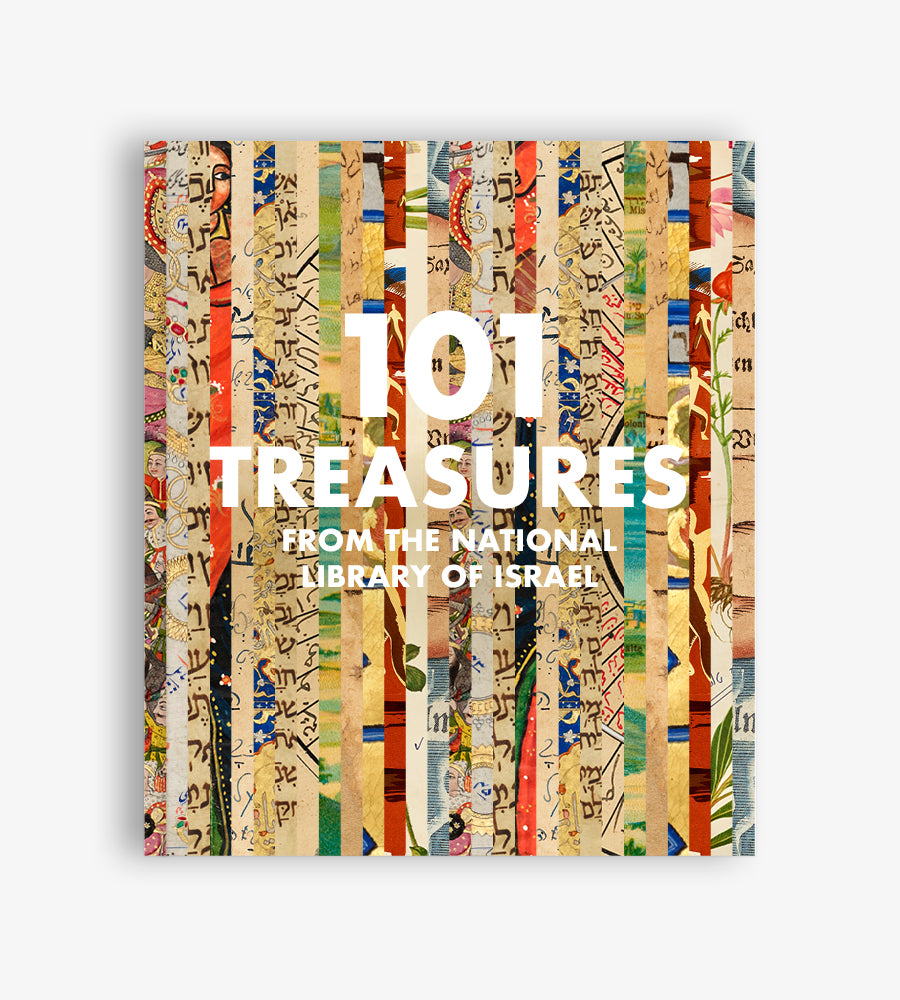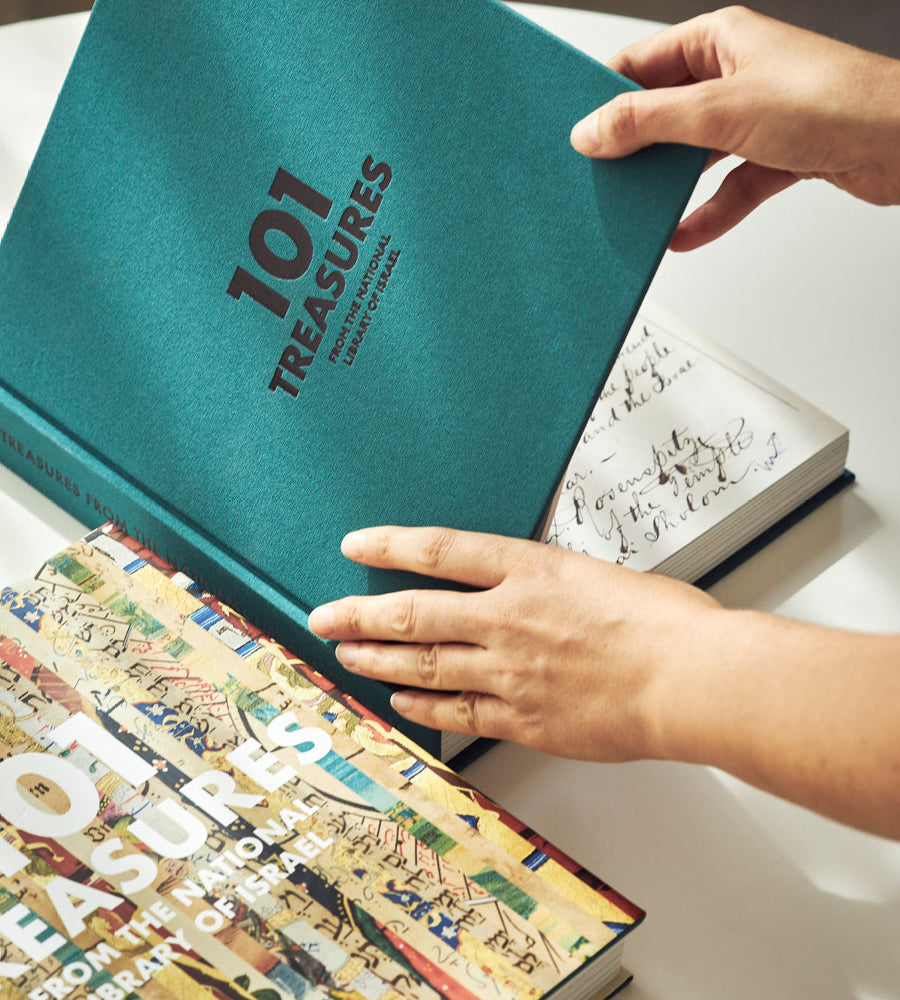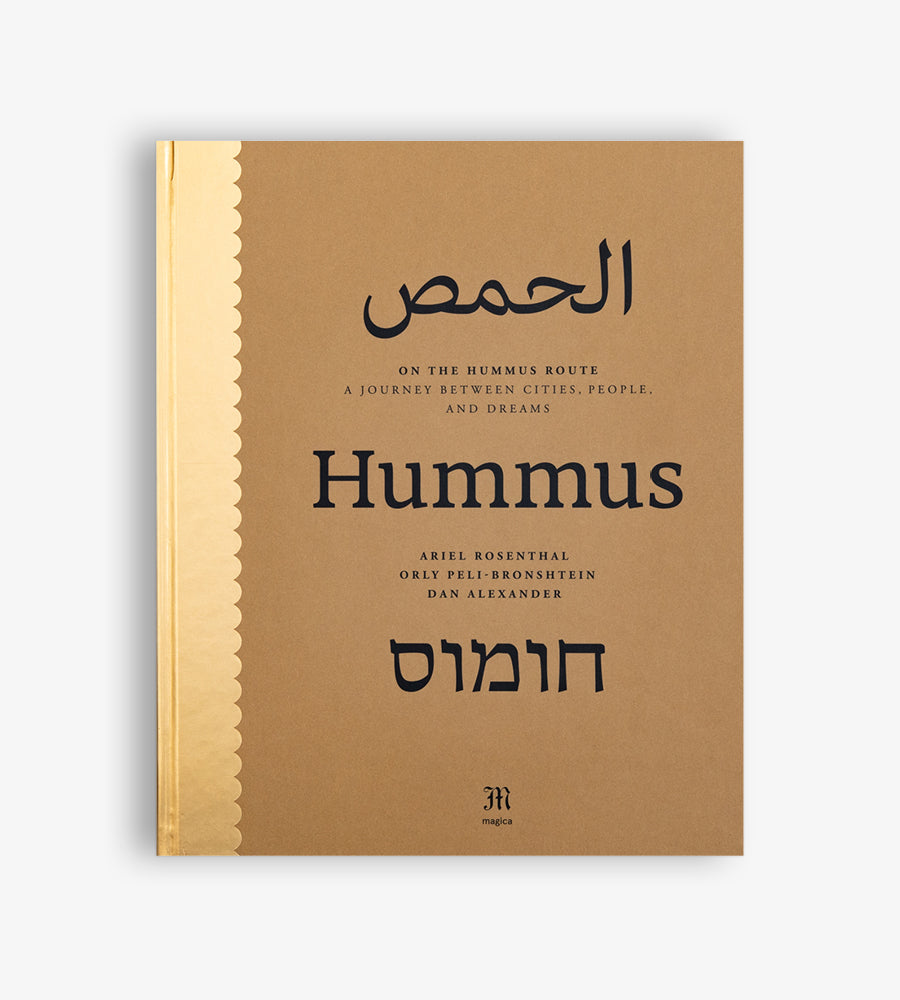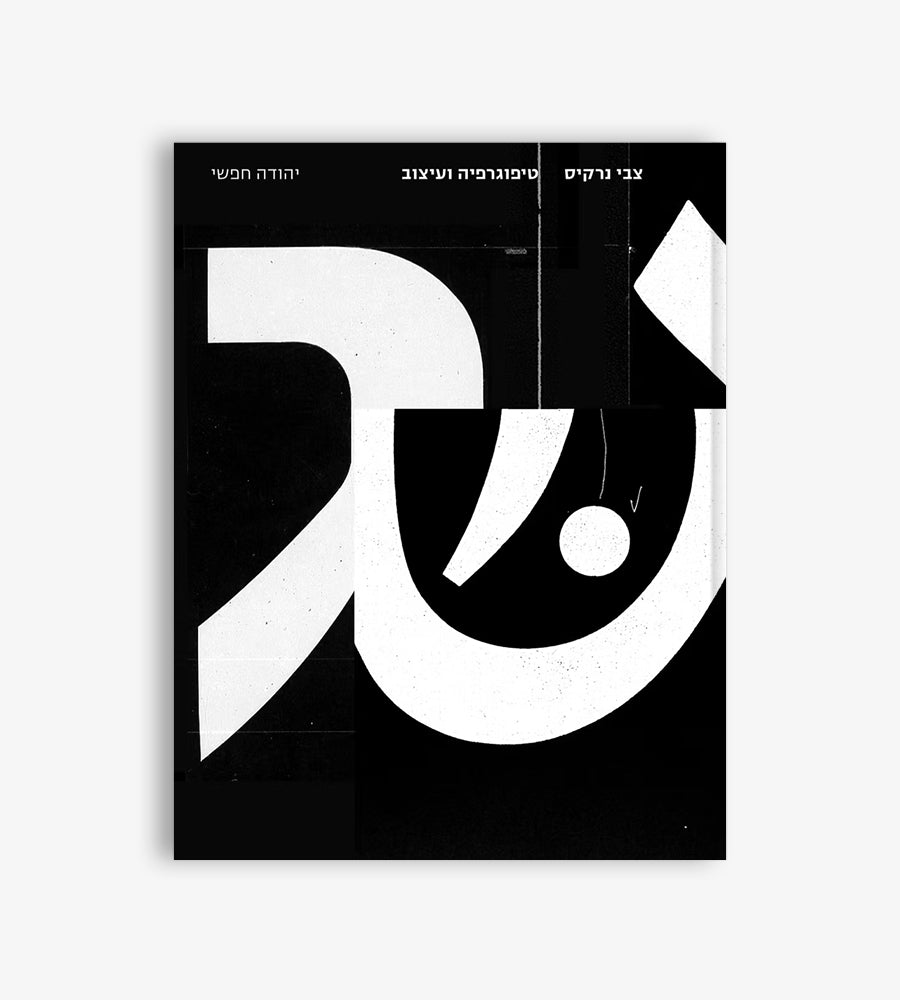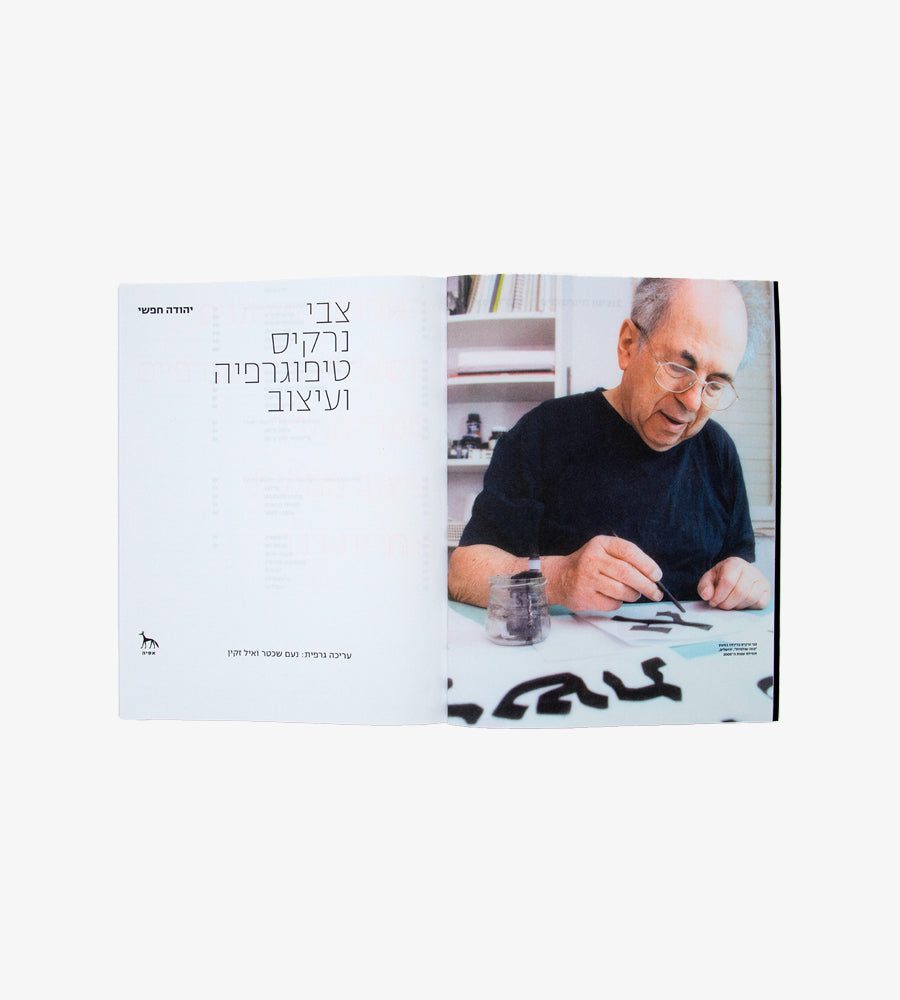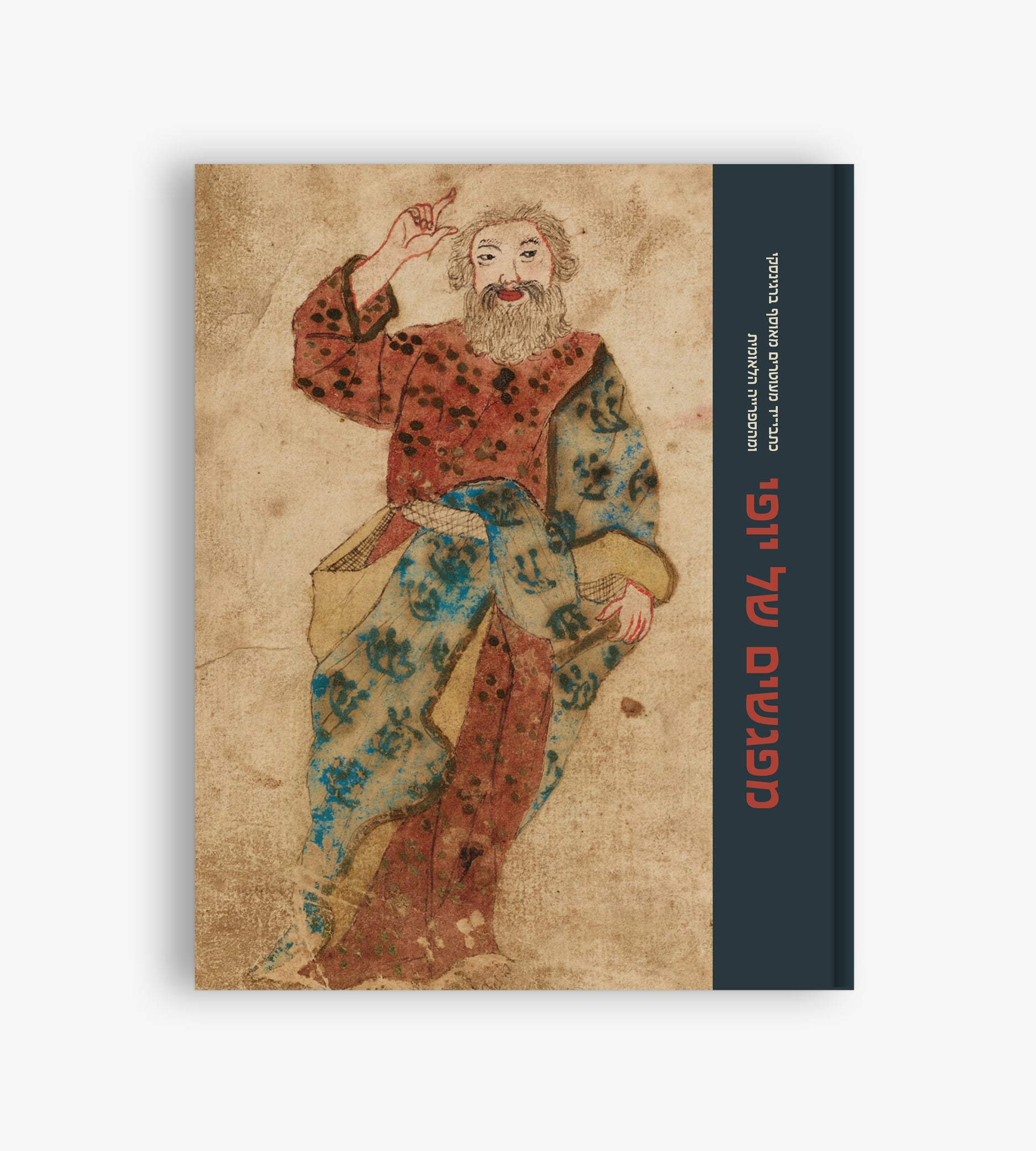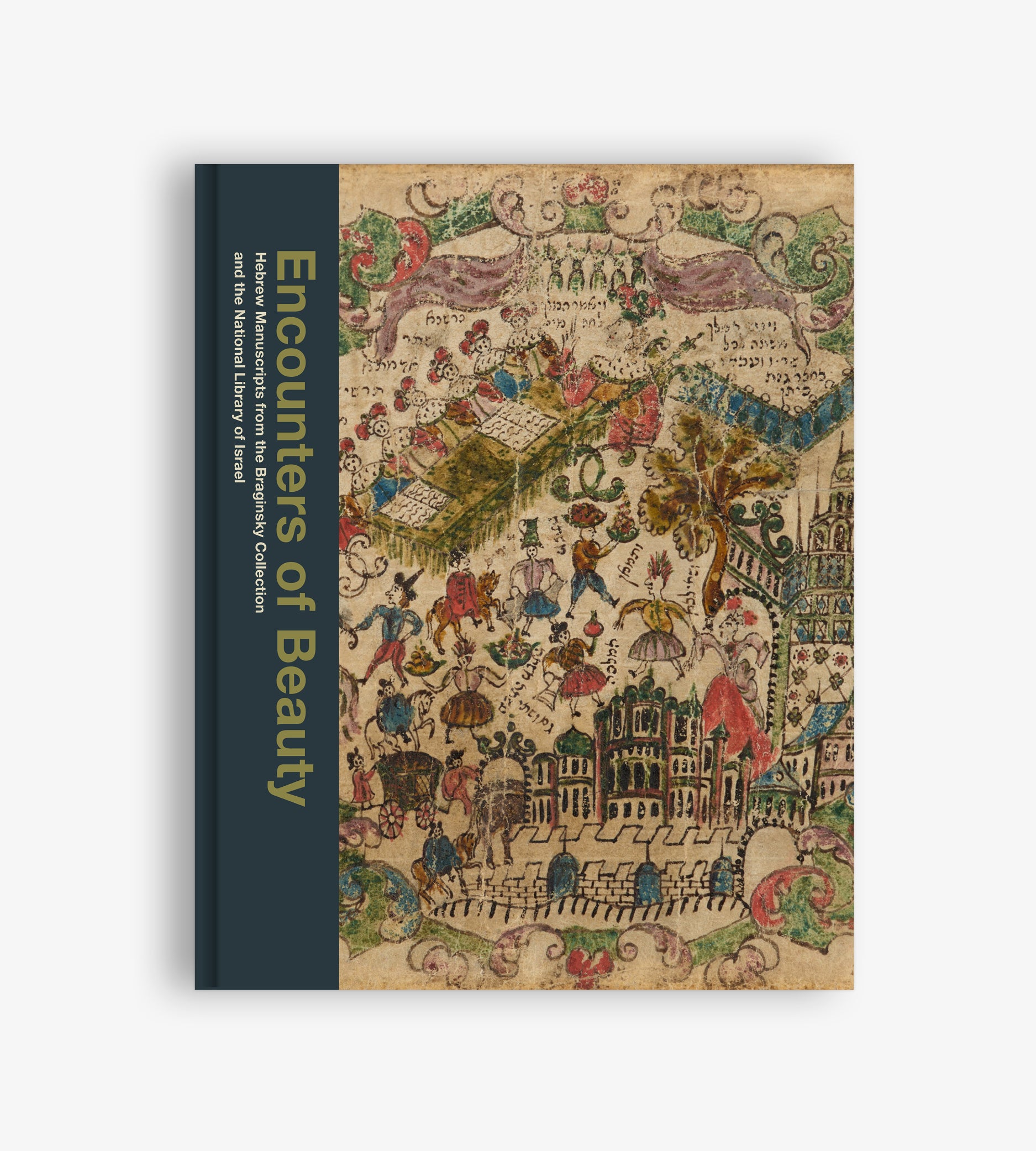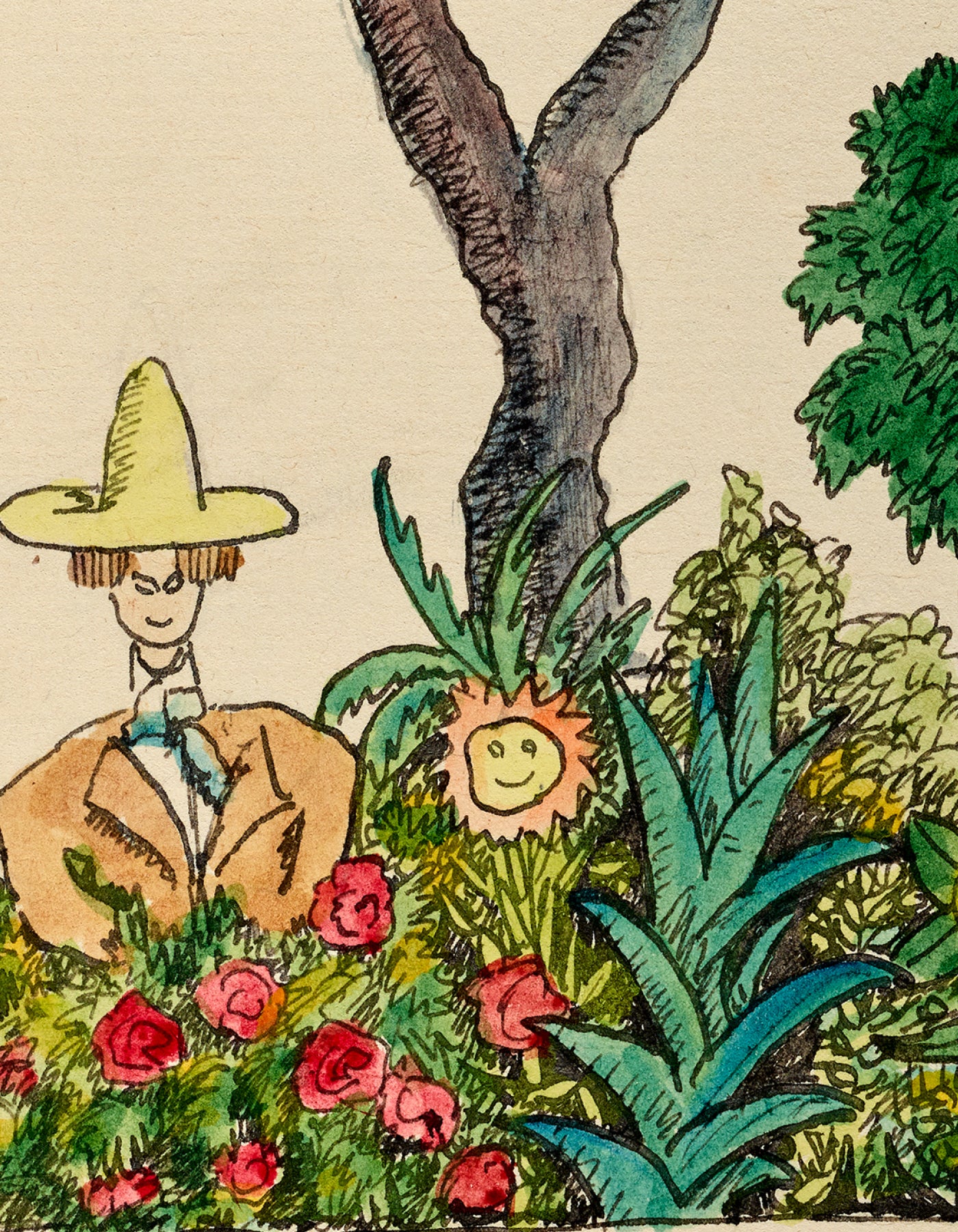
A Philosophical Fairytale
Stefan Litt

In the early 1920s, Hermann Hesse (1877–1962), the renowned German-Swiss author and later Nobel Prize laureate, faced a period of crisis that hindered his literary production. It was during these years that Hesse found comfort in aquarelle paintings, painting several thousand of them. He also developed a number of hybrid creations: some illustrated poems and a fairy tale called Pictor’s Metamorphoses. He made a number of handwritten and illustrated copies of this tale, some of which he gave as gifts to friends and some of which he sold, at first to cover his own expenses and, later, having attained world success, for charitable donations.
Inspired by colorful Eastern manuscripts, Hesse wrote and drew about 100 copies of Pictor’s Metamorphoses. Among the first people to receive it as a gift were the French author Romain Rolland, his publisher, Samuel Fischer, and his second wife, Ruth Wenger, who had inspired this work. Pictor’s Metamorphoses is a tale about harmony, the ability to change oneself, and love. The mixture of topics and colorful drawings convinced many connoisseurs and book lovers to purchase a copy. Hesse refused to have this work published as a printed book, giving his consent only in 1954, when he felt too old to produce any more handmade copies.
In 1932, Menahem Weitz, an orchard owner from Jerusalem, contacted Hermann Hesse and acquired a copy. Eleven years later, Weitz donated this precious item to the National Library.


